ibrutinib N-2(CAS#330786-24-8)
Introduction
Among them, the intermediate N-2 is a key intermediate in the synthesis of ibrutinib. The following is an introduction to the properties, uses, preparation methods and safety information of ibrutinib intermediate N-2:Quality:- Chemical name: N-(3-chloro-4-methoxyphenyl)-N-(2-nitrophenyl)urea- Appearance: Colorless crystalline solid- Solubility: Soluble in some organic solventsUse:- Ibrutinib is a tyrosine kinase inhibitor that inhibits the growth of leukemia cells and lymphoma cells with low toxicity and side effects.Method:- The preparation method of N-2 is complex and requires a multi-step reaction. A common synthetic route is to first react nitrosotoluene with 2-aminobenzoic acid to give methyl 2-nitrobenzoate, and then react with 3-chloro-4-methoxyaniline to give N-2.Safety Information:- N-2 is an intermediate in organic synthesis with certain toxicity, and the operating conditions and safety measures should be strictly controlled.- Wear personal protective equipment such as protective gloves and goggles when using and handling N-2 to avoid contact with skin and inhalation of dust.- During storage and handling, fire sources and high temperatures should be avoided. Avoid contact with strong oxidants and strong acids.- The environment in which N-2 is used and handled should be well ventilated and, if necessary, appropriate protective equipment such as chemical cabinets should be used.- In case of accidental exposure to N-2, immediately flush the affected area with plenty of water and seek medical attention if necessary.


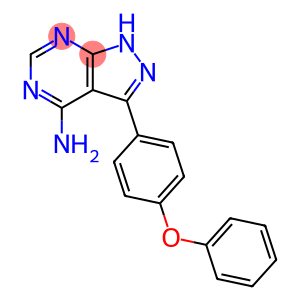
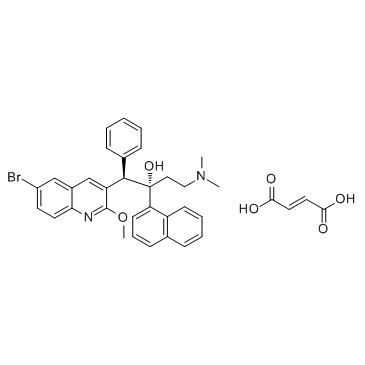
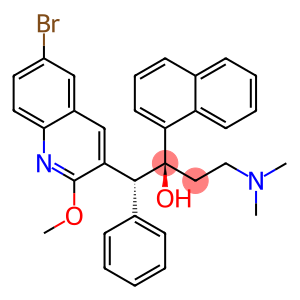
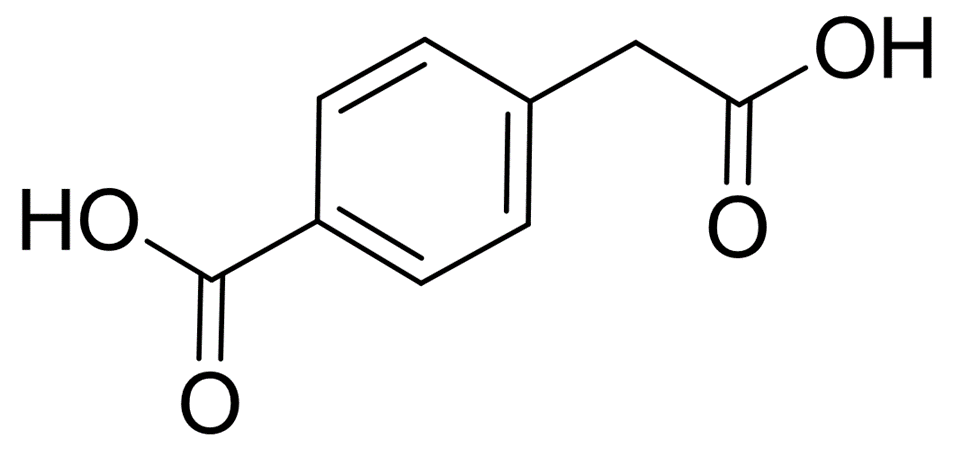
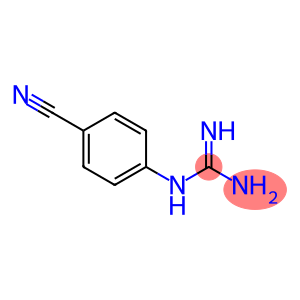
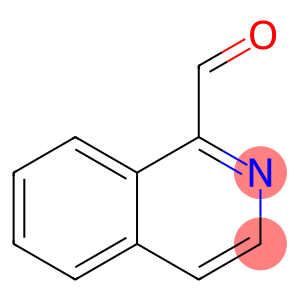
![(3S,7aR)-3-(trichloroMethyl)tetrahydropyrrolo[1,2-c]oxazol-1(3H)-one(CAS#1330286-50-4)](https://www.xinchem.com/uploads/3-trichloroMethyltetrahydropyrrolo12-coxazol-13H-one.gif)